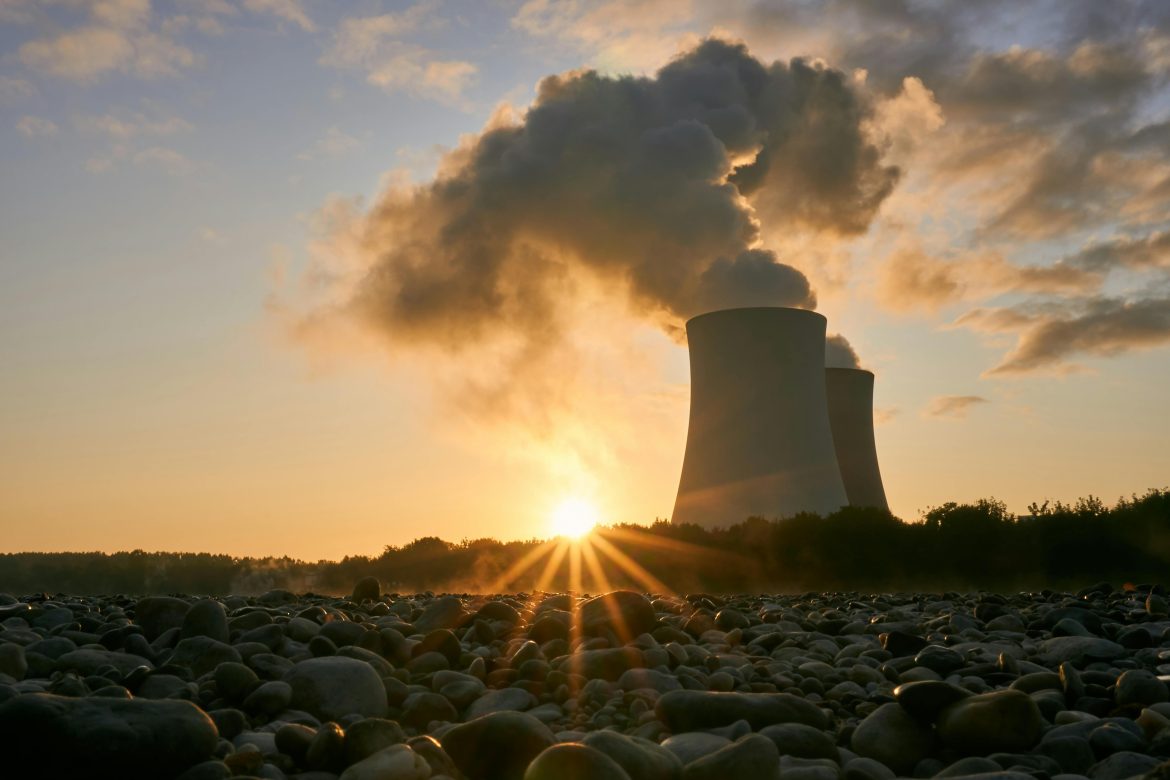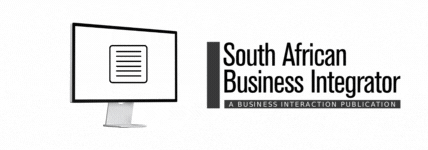South African manufacturers face growing pressure to cut carbon emissions — not only from local regulations but from international mechanisms like the EU’s Carbon Border Adjustment Mechanism (CBAM). With rising energy costs and new carbon-linked expenses, clean energy is now a business necessity, not a sustainability slogan.
“Carbon-related costs are fast becoming a real factor in operational budgets. Manufacturers who move early on renewables will not only cut emissions but strengthen their market competitiveness,” says Anja Visagie, Chief Growth & Marketing Officer at Sustainable Power Solutions (SPS).
CBAM: A New Barrier for High-Carbon Exports
The EU’s CBAM introduces a tariff on the carbon content of imported goods such as steel, aluminium, cement, and fertilisers. The goal is to ensure fair competition between EU manufacturers, who already pay for their emissions, and foreign producers using coal-heavy power.
“CBAM is a clear signal from the EU: emissions carry a price, even across borders,” says Visagie. “For South African exporters, especially in carbon-intensive sectors, this could mean additional costs unless proactive steps are taken.”
The CBAM is in its reporting phase until the end of 2025, with financial penalties starting in 2026. By 2034, it will expand to more industries and include indirect emissions from electricity. Exporters have less than 18 months to prepare or risk losing competitiveness.
“South Africa’s grid is predominantly coal-based, so even indirect emissions will be penalised. Transitioning to cleaner power sources like solar is one of the most effective ways to lower exposure,” she adds.
Rising Local Carbon Costs
Domestically, manufacturers face a carbon tax increase — currently R236 per tonne of CO₂ — and a mandatory carbon budget system due by 2026. Companies will be required to meet reduction targets or face penalties.
“We’re not talking about future risks. These are regulatory realities that will soon hit profit margins,” warns Visagie.
Businesses that act early can position themselves as low-carbon suppliers, gaining preferential access to global supply chains while avoiding tax burdens. The most effective route: renewable energy adoption.
The Solar Advantage
For manufacturers, solar energy is often the easiest and fastest way to start decarbonising. South Africa’s solar potential is among the world’s best — every kilowatt-hour of solar power used instead of grid electricity avoids roughly 1kg of CO₂.
“In South Africa, even modest solar adoption delivers big emission cuts,” says Visagie. “A facility sourcing 30% of its electricity from solar can reduce its energy-related carbon footprint by 30%.”
Unlike carbon credits, solar energy delivers both emission reductions and cost savings.
“Carbon credits can help with compliance, but they’re a sunk cost. Solar delivers tangible ROI — operational savings and carbon cuts in one solution.”
Funding the Transition
Despite the clear business case, capital constraints remain a major barrier. Many manufacturers hesitate to invest upfront in solar infrastructure when budgets are tied to production or expansion.
“Capex remains the biggest hurdle. Even companies that see the value hesitate when solar competes with growth investments,” says Visagie.
Alternative financing models, such as Power Purchase Agreements (PPAs) and equipment rentals, remove that obstacle. Businesses pay only for the power they use — without ownership, maintenance, or operational responsibility.
“A funded solar solution removes the financial barrier. We handle everything — design, financing, and maintenance — while clients benefit from predictable energy pricing and immediate carbon reductions,” she explains.
SPS provides fully funded, turnkey solar systems, covering design, installation, financing, and operations, making the transition seamless for manufacturers with limited budgets or internal capacity.
Supply Chain and ESG Pressures
Even businesses not directly affected by CBAM or local carbon taxes face ESG expectations from multinational clients. Many global brands have net-zero commitments, requiring suppliers to follow suit.
“If your customers have net-zero targets, they’ll expect you to decarbonise too. Clean energy is no longer a nice marketing point — it’s a procurement requirement,” says Visagie.
This growing pressure is reshaping supply chains, pushing local manufacturers to demonstrate credible, transparent sustainability practices.
A Strategic Business Move
Clean energy adoption is now a strategic investment in business continuity, competitiveness, and compliance.
“This isn’t about ticking an ESG box — it’s about protecting margins and growing market access,” says Visagie.
As carbon pricing expands globally and energy security remains uncertain, renewable energy provides a path to long-term resilience.
“Transitioning to clean energy doesn’t have to be complicated. With the right partner, it can be simple, cost-effective, and transformative,” she adds.
South African manufacturers face a clear choice: adapt to a low-carbon future or risk being priced out. Through funded solar models, businesses can reduce emissions, control energy costs, and secure their competitive edge — all in one decisive move.



